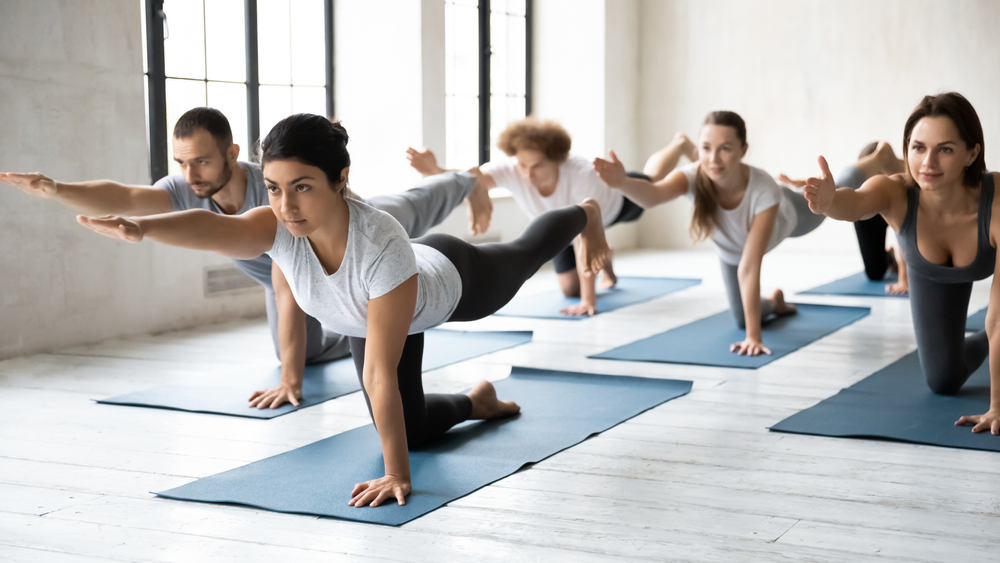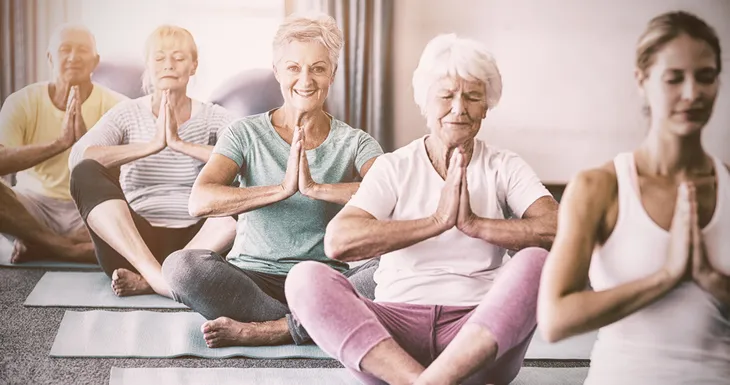If you’re looking to try out a new type of exercise, have you considered trying yoga or Pilates? Whether you’re after a new challenge or a better way to burn calories and sculpt your body, both of these forms of exercise can help you achieve your fitness goals.
On the surface, yoga and Pilates may seem similar but there are some key differences. When choosing a new form of exercise, it’s best to get all the facts so that you can make sure it aligns with your fitness goals. This will help you stay consistent with classes and reap all of the rewards this new type of exercise has to offer. Here are eight differences between yoga and pilates you should know.
Yoga Has a Variety of Styles To Choose From
Yes, it’s true, yoga has 11 different styles to choose from. Vinyasa, Hatha, Iyengar, Kundalini, Ashtanga, Bikram, Yin, Restorative, Prenatal, Anusara, and Jivamukti all differ in their own way and have different effects on the body.
Yoga differs from Pilates as there are predominately only two types to choose from. This includes Mat Pilates and Reformer Pilates.
It’s best to first research the 11 types of yoga to find the one that interests you the most. You can learn more about these different styles in this article. Then find an available class near you and give it a try!
Building Better Strength Through Pilates
The beauty of Pilates is that the workouts aim to help you isolate specific muscle groups that are commonly overlooked. Isolating these deep muscle groups allows you to build good strength and tone the muscles in your core, lower body, and upper body.
Muscle toning and strength building can be done on either a reformer or a mat. This will depend on which style of Pilates you choose. Some Pilates studios even offer a hybrid class that mixes the two styles.
Yoga Will Help You Increase Your Flexibility
Yoga is essentially the art of holding different body positions to strengthen your muscles and joints and improve your flexibility. You achieve this by focusing on deep breathing as you sit deeper into poses that target your stiff muscles and joints.
This stretching effect and increase in flexibility are enhanced even more in yoga styles such as Bikram Yoga. Each class is held at a temperature of 105-degrees Fahrenheit (40-degrees Celsius).
Want a Fast-Paced Workout? Try Pilates!
Pilates is designed to engage almost every muscle group. Instructors will often have you completing these exercises at a faster pace than you would in a yoga workout. You’ll have either your feet or hands latched onto the straps completing the various exercises and poses demonstrated by the instructor.
Combine Yoga With Mindfulness for Optimal Wellbeing
Most yoga styles include long and extended holds of positions where you are encouraged to focus on deep breathing. Many people who practice yoga will tell you that this is the perfect environment for practicing mindfulness.
If you’re the type with a hectic schedule, find a slower-paced yoga class and combine both your exercise and mindfulness into one.
Fix Stubborn Injuries With Pilates
If you’re managing an injury such as low back pain, you can seek out rehabilitation Pilates classes that are run by physiotherapists. The benefit of this style of Pilates is that the program is designed to help target your problem areas to help you become pain-free.
Rehabilitation Pilates differs from a traditional reformer Pilates class as class sizes will be smaller, and everyone will be taken through their own individualized Pilates program. Check out your local physiotherapy clinic to see if they offer rehab Pilates and give it a try!
Burn Many Calories During a Yoga Session
Yes, you can burn around the same number of calories in either Pilates or yoga, however, Bikram yoga will have you sweating and burning calories by the minute.
Since the studio is kept at 105-degrees Fahrenheit (40-degrees Celsius ), your body’s metabolism will increase which will help you burn more calories. Holding the positions in this temperature will also leave your muscles feeling a sense of depletion and increased flexibility.
Try Both and See For Yourself
The beauty of yoga and Pilates is that most gyms offer both classes. Since it’s all covered under one membership fee, why not just go and try out both? Try alternating the classes each week to reap the benefits of both exercise styles for optimal health!











